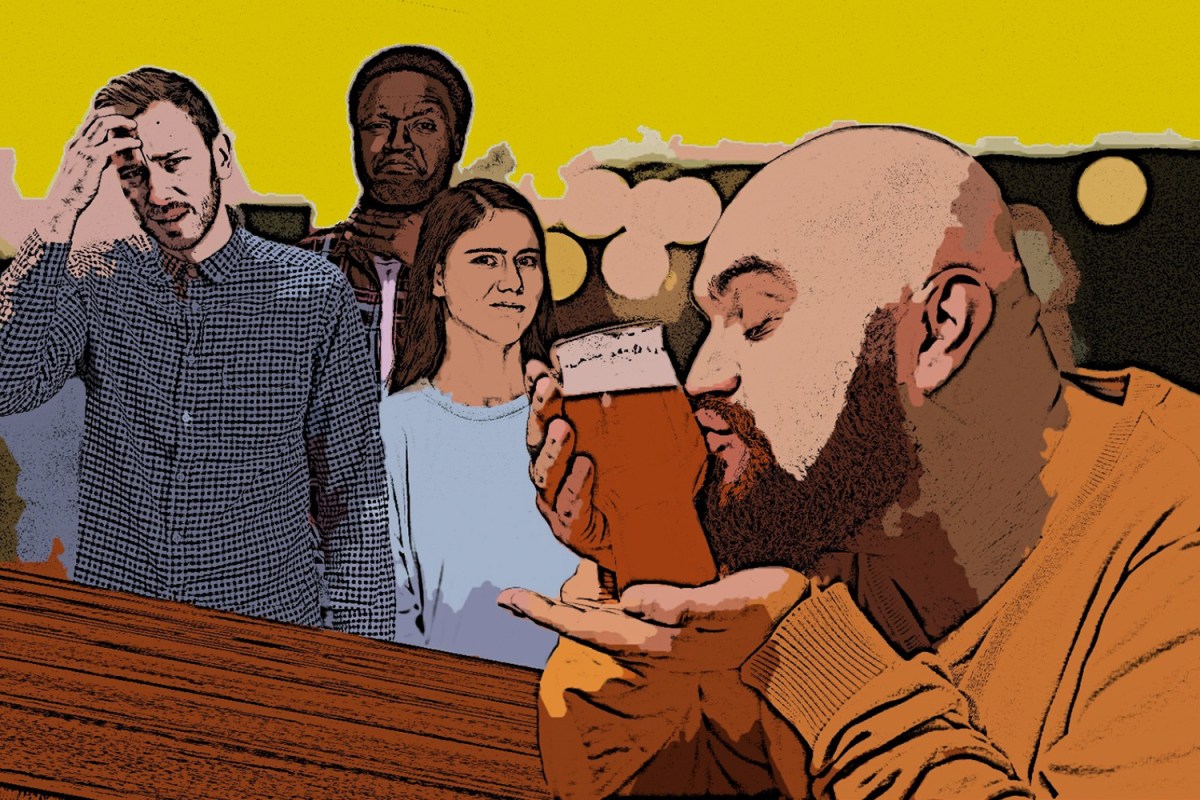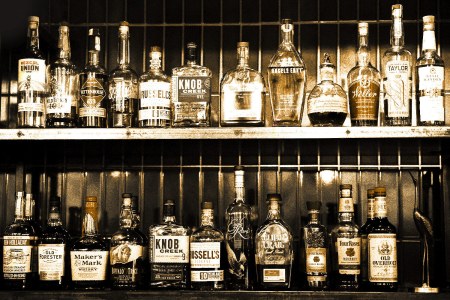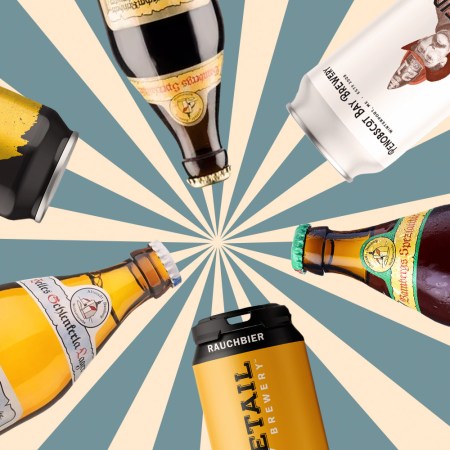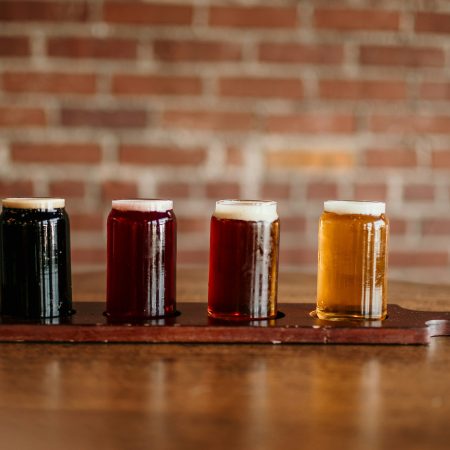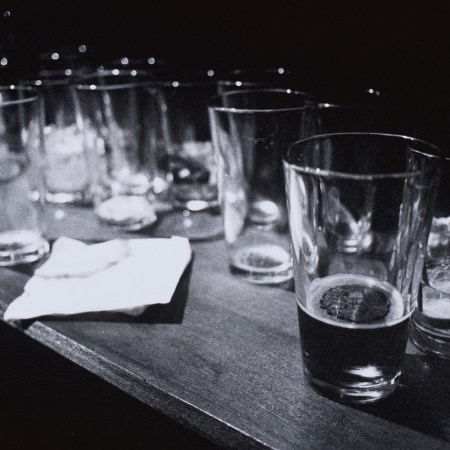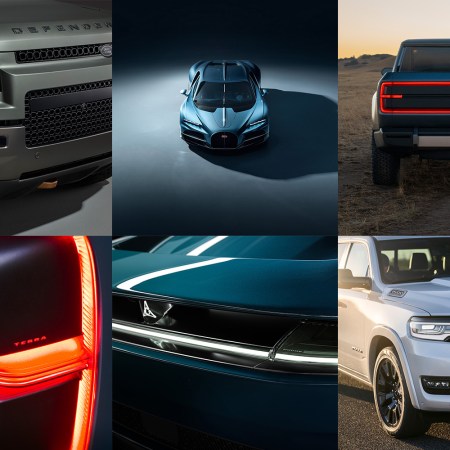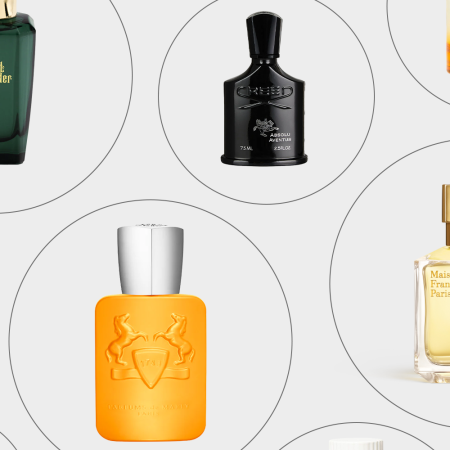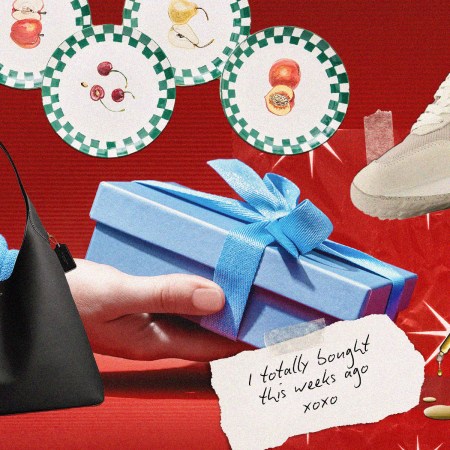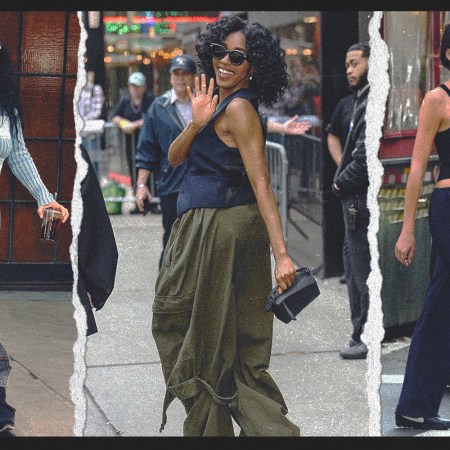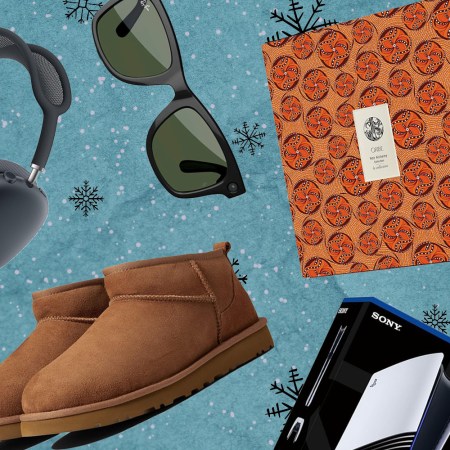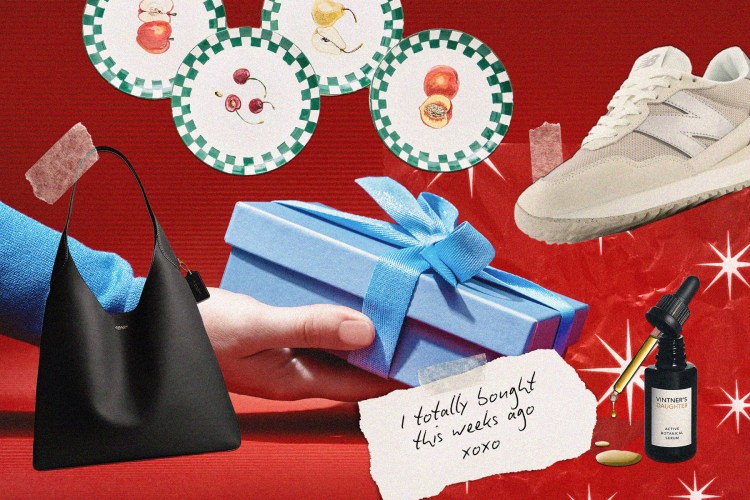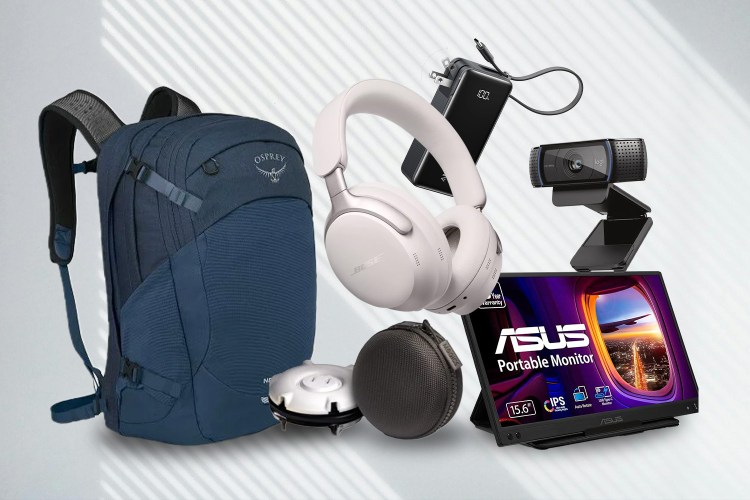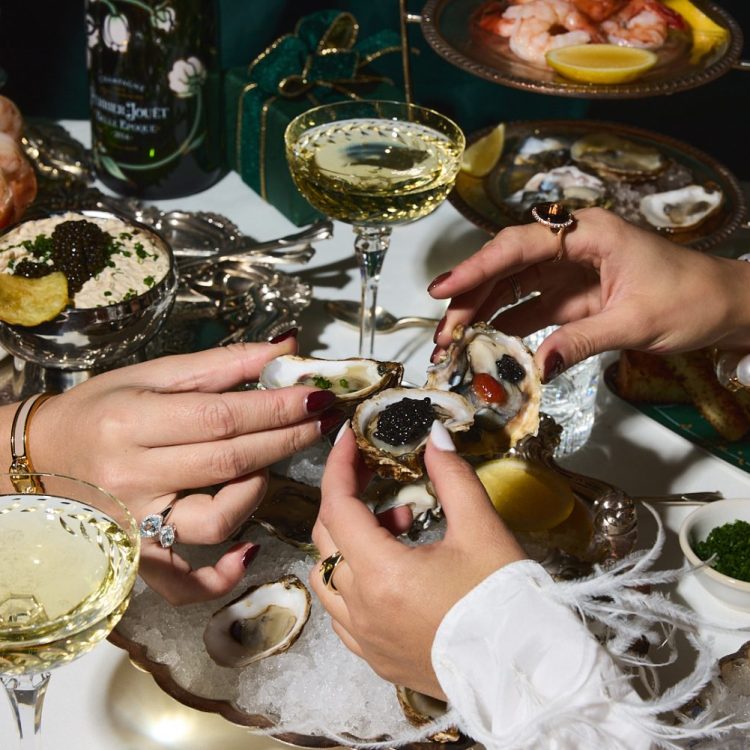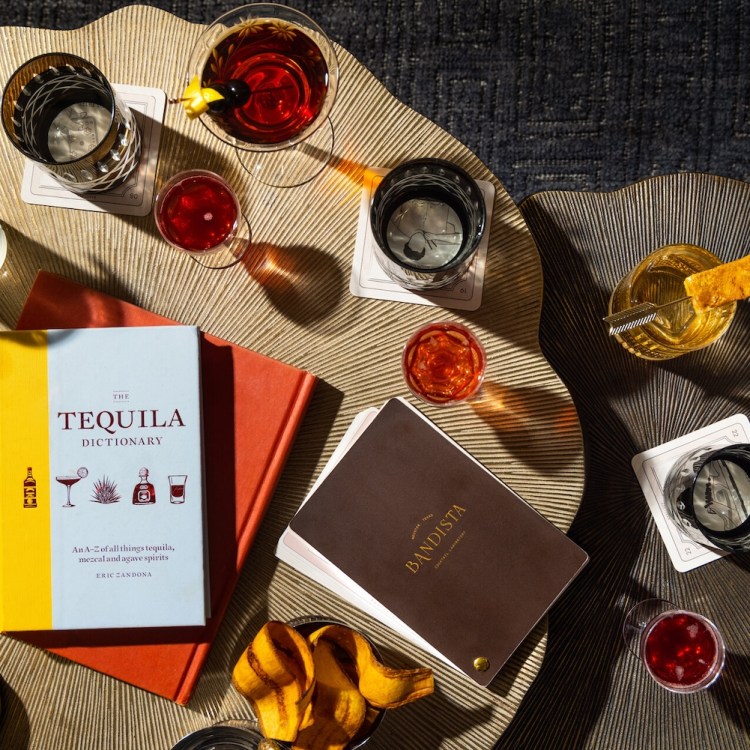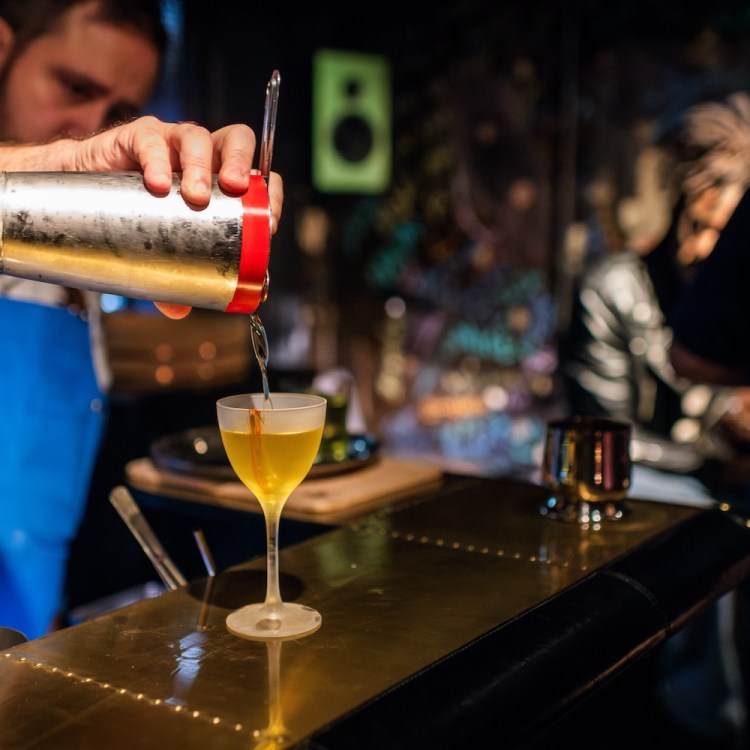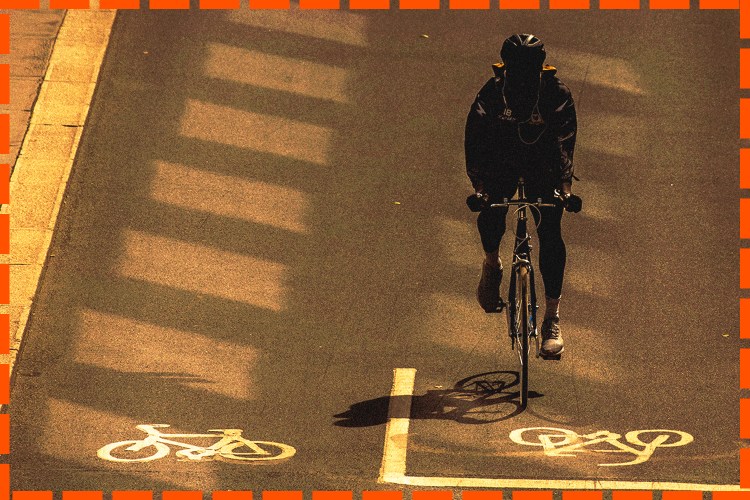Just a few years ago, we were still discussing line culture, that people were willing to wait hours on end to score limited craft beer releases. And wasn’t it only yesterday that the most persistent debate in beer was between hazy fanatics and brewers who wanted to make anything else, or between pastry stout lovers and purists who saw candy in beer as an abomination? Surely, it hasn’t been that long since craft beer was the hot new thing, and its followers were deemed too-cool-for-school hipsters for liking it, right?
Craft beer is far from immune from the cyclical nature of what’s in and what’s out. In the last couple of years, we’ve seen the industry struggle to meaningfully connect with the newest generation of legal drinkers and even hold onto all of its OG devotees. We’ve also seen that younger generation hold a comedy-tinted mirror up to the craft beer lifestyle. Take the Gen Z kids of craft beer dads, the former roasting the latter’s Untappd habits on TikTok. Or, elsewhere on TikTok: @ihateipas, the ever growing-in-popularity account of Minnesotan Emma Lewis, where she deadpans scorched-earth IPA reviews. Her searingly specific, creative aroma descriptions, including “the inside of a freezer that had something moldy in it,” “the taste of a rusty nail if it were to be put in a glass of milk” and “a scented trashbag that has a cigarette in it,” may come as a gut-punch to older beer geeks more accustomed to earnest sensory analyses. But that’s just it: to be a Serious Beer Person right now is, well, a little cringe.
It’s important to define what’s eliciting eye rolls. It’s obviously not cringe to take your job seriously if you make beer or work with it; it’s not cringe to enjoy craft beer, learn about it and help foster the community aspect of it, whether as a professional or an enthusiast. Breweries who make a balance of what brewers and consumers want to drink sans judgment or snark, and who are more invested in creating an engaging third place: not cringe. And brewery owners, brewers, beer educators, beer judges and beer influencers who are members of underrepresented communities, as well as those devoting time and energy to diversity, equity and inclusion (DEI) initiatives, all in the name of leveling the playing field? They are the exact opposite of all that’s being roasted within the craft beer space. They are the reason to still be excited about craft beer.
So, what about craft beer makes it an easy punching bag on TikTok? For one thing, there’s the surviving stereotype of the bearded straight white dude who possesses no self-awareness about belonging to that crowd. This is most often the craft beer community member who will comment negatively on a brewery’s Instagram post announcing they’re launching hard tea because it’s not serious beer for Serious Beer People, or will comment something like “stick to beer” when a brewery participates with a social cause. Similarly, breweries who enshrine their own beer, believing their seminal IPA gives them a free pass to ignore desperately needed DEI improvements, are peak cringe. Perhaps most simply, though, the newest generation of alcohol consumers tends to scoff at the concept of obsessing so much over the liquid that’s just supposed to accompany fun.
It’s no surprise craft beer has at least temporarily been knocked off the pedestal it enjoyed in recent years, the one that allowed the industry to explode into over 9,500 breweries in the United States. There’s the generational seesaw of what’s hot in any space. Look at how Millennials embraced amaro, the drink of their grandparents’ generation. Gen Zers are driven by flavor rather than concerning themselves with style-definition technicalities. They’re unlikely to keep detailed notes on beers they try, or develop strong feelings on saisons versus stouts. If it tastes good, it’s fair game, right alongside RTD cocktails, hard tea, or, say, tequila.
“When I first started drinking, there would be people that brought IPAs to a function, and everyone would be like, ‘Why are you bringing those?’” says Lewis. “The purpose of the party would be to play beer pong, and no one’s drinking those. But their [argument] would be, ‘Oh, you have to appreciate [the IPAs].’ It’s beer, what do you mean you have to appreciate it? If you need to sit there and intensely smell something and intensely taste it, do you really like it? Or, are you drinking it to feel better than everyone?”
The Unicorns of Dusty Booze
The most sought-after bottles of bourbon, rum, tequila and more, according to Aaron Goldfarb, author of “Dusty Booze: In Search of Vintage Spirits”Lewis says that eventually, she and her friends started to see the appeal of other settings where it was nice to just savor something, and indeed appreciate a beer or a wine, but that the “acquired taste” element of craft beer styles like IPAs seems counterintuitive. “I still don’t understand why people would drink something that tastes like stomach acid and say, ‘You have to develop a taste for it.’ In my mind, if you have to develop a taste for something, you don’t like it,” she says.
The reactions to Lewis’s TikTok reviews are mostly positive, with other women and people who just don’t get IPA fans’ reverence showing excited support. But there are also comments from the exact kind of people the entire TikTok account is, if indirectly, sending up. There are men who fire back in defense of IPAs, or who criticize her pours.
“I don’t take much seriously in life, and beer is beer,” Lewis says. “It’s literally a liquid, I don’t understand how people can get so passionate about it.” What Lewis says she does love about engaging with craft beer — because she does, by the way, like other styles — is connecting with breweries who are passionate about (and not rigid in) their ways. “I love seeing [that] and hearing their stories…I appreciate the breweries who will collaborate with me and let me roast their liquid and understand it’s not that serious.”
Beyond a generational disconnect in priorities driving beverage choices, craft beer also suffers from its outdated image of being dominated by straight white men and having done almost nothing to correct that until very recently. It’s easier for those just encountering craft beer now to immediately identify its lack of diversity. For many existing consumers, the realizations regarding craft beer’s cultural problems came after they were already enmeshed in the lifestyle, and many have now grown exasperated with an industry that often says it’s going to do better and then quietly abandons any real attempts toward progress. Less than 1% of craft breweries are owned by Black people; as of 2021, only 2.2% of breweries are Hispanic- or Latino-owned; it’s around 2% for Asian-owned breweries; 23% of breweries have women as owners but only 2% are fully woman-owned; data doesn’t even really exist to show how many LGBTQIA+ individuals are brewery owners, beyond round-ups of examples.
Stephanie Grant, founder of The Share Community, a digital platform for women and non-binary people of color looking to advance their careers in beer, feels that craft beer’s cringe parts are not a new phenomenon. “Because the industry was started mostly by white men, it has practically existed in an echo chamber where cringe behavior has gone unchecked for a long time,” she says. “As the industry continues to diversify, we’ll have more and more people willing to call out the bad, unwanted behavior. I believe that’s why it feels so loud now.”
A leader in advocacy within craft beer herself, Grant chooses to focus on the people and things there are to be excited about in craft beer, who are helping make the industry something that could in the near future be inviting to a much wider audience. “People like Dr. J Jackson-Beckham who is the Director of Social Impact at the Brewers Association, leading the charge on creating a more diverse industry on a national level with the DEI Committee and its subcommittees,” she cites. “Or Jen Price, the woman behind Crafted for Action and her annual conference, Craft Beer Con, which has the most diverse speakers and attendees.” Grant adds that while there’s still a long road ahead, many more breweries are now opening with diverse ownership.
Breweries taking themselves less seriously and fostering a more inclusive environment can carry craft beer through this out-of-touch period into an era where it is more embraced by younger generations as well as the OG fans. So, too, can that cyclical force. After all, while the current flatlining of brewery growth in the U.S. makes any less-than-glowing attitudes toward craft beer feel particularly acute, the industry has been here before.
“I think there has been a push-pull in American beer for at least 30 years,” says beer writer and author Jeff Alworth. “I remember back in those long-ago days hearing people refer to small breweries derisively as ‘boutique breweries’ or ‘yuppie breweries.’” Craft beer faced resistance as it developed throughout the 1980s, enticing fans but simultaneously earning a pretentious reputation among macro beer drinkers. It enjoyed a heyday of brewpubs amid an embrace of locally crafted products in the 1990s, but, as Alworth notes, by the time Pabst Blue Ribbon was earning its place in the hipster starter pack of the early aughts, craft beer was already getting its first go at being associated with dads. By the end of that decade, restaurants deeming Belgian-inspired beers as fit as wine to live on their menus as well as, on a larger scale, the IPA boom threw craft beer back into the zeitgeist. Even then, though, “craft beer drinker” was an easy shorthand for mocking hipsters. See: this New Yorker cover from 2014. Or, more recently, this Jim Beam commercial, an example of brands connecting with consumers via a “We know you’re not weird like these esoteric beer drinkers” wink.
At different points throughout craft beer’s four decades so far, some razzes like the New Yorker cover have been a result of the inevitable opinion divide any industry in any space can stir up — people can find the good, the bad and the humorous in anything. At other times, though, craft beer has made its own bed.
“I think the problem for the last 10 to even 20 years is that the craft beer industry focused too much on elitism,” says Aaron Goldfarb, drinks writer and author of Dusty Booze: In Search of Vintage Spirits. “IPAs that were too bitter for ‘normal’ people to drink. Beers you had to wait in line to obtain. Inside (and often childish/crass) jokes galore on [labels]. The stereotype of a bearded dude crushing high-ABV cans…was very much true for many years and if you didn’t want to be that guy, you almost certainly loathed that guy. And now that guy is in his 40s or even 50s — if he’s still into that lifestyle, he’s become akin to the old man in skinny jeans at the nightclub.”
Craft beer didn’t do itself any favors with its “IBU Wars” in the early 2000s, during which breweries’ marketing baldly made consumers feel they had to be cool enough to handle such bitter IPAs, and if they weren’t, they were losers destined for watery macro beer. At this time, the industry developed a dynamic that is less present today but still exists, which is a sort of hero worship around brewery founders. White male brewery founders, of course — your Sam Calagiones (Dogfish Head), your Greg Kochs (Stone), your Jim Kochs (Sam Adams), your Ken Grossmans (Sierra Nevada). It’s not that these founders always cultivated the idolization themselves — well, Greg Koch did — but the craft beer echo chamber Grant mentions has long perpetuated a chain of white men praising what other white men do with beer, then founding breweries themselves where other white men will fanboy them. It’s all very homogenous and earnest and, yes, cringe. The entire movement got a 2.0 remix with the crash of the IBU Wars and the rise of the hazy in the teens, and is only now in the 2020s giving way to an atmosphere of collaboration and more diversity in both people and beer styles.
What goes around comes around, and craft beer will likely live to see another day in the sun. “Maybe not for Gen Zers,” Goldfarb says. “But perhaps for future generations…that never had to encounter those bearded guys dollying cases of IPAs out of their local brewery every Saturday morning.” However, the industry needs to evolve and adapt to ensure that future. There needs to be more openness to the current trends, and more up-to-date engagement with consumers. Lewis says she immediately responds better to breweries having fun on TikTok. There needs to be a genuine push for inclusivity. And maybe, there even needs to be a makeover of sorts. In his Beer Crunchers newsletter, CMO of Chicago’s Revolution Brewing Doug Veliky writes that a move away from the label “craft beer” could serve the industry well in the future. It could help Gen Z shake negative associations with the term, and breweries could instead focus on terms that built the industry in the first place and that do still have mass appeal: “local” and “independent.”
Whatever name it goes by, craft beer may stumble, but we can expect to see it stick around and experience whole new cycles. In the meantime, there’s plenty of great beer out there, and beer-roasting TikToks to laugh at while enjoying it.
Join America's Fastest Growing Spirits Newsletter THE SPILL. Unlock all the reviews, recipes and revelry — and get 15% off award-winning La Tierra de Acre Mezcal.
